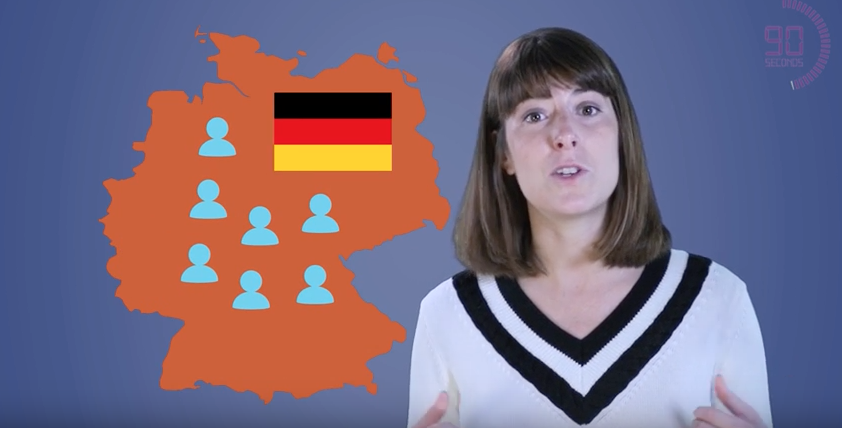90 Seconds: Europe's border crisis explained

2015 has seen an unprecedented wave of migration into Europe, with some 1.2 million people arriving between January and the end of October.
This is already four times more than was recorded for the whole of 2014 but thousands more people are continuing to stream in on a daily basis despite the worsening weather conditions. In October alone, more than 150,000 people made the journey from Turkey to Greece, compared to less than 8,500 in October last year.
Unlike previous years, when the vast majority of new arrivals crossed the Mediterranean from north Africa into Italy, this year saw a shift to the Balkans. More than half a million refugees and migrants arrived in Greece before making their way into Macedonia and Serbia, before continuing into EU member states like Hungary or Croatia.
While most countries initially tried to stop people from entering, the sheer influx overwhelmed authorities in southern Europe which began funnelling people to richer states like Germany.
In the first few months of the year, Afghans and sub-Saharan nationals made up the bulk of new arrivals. However, as the conflict in Syria deteriorated further, Syrians became the largest single block, although a growing number of Iraqis and other nationalities have all also tried to brave the journey.
The EU has been divided about what to do. Germany has led a push for the EU to accept asylum seekers from Syria, while sending back people it claims are economic migrants. German Chancellor Angela Merkel broke rank with other European nations when her government declared it would open its doors to 800,000 Syrian refugees this year.
Deciding who deserves to stay and who deserves to go, however, is proving extremely hard with conflict and political persecution rife throughout Africa, the Middle East and Asia.
After months of political negotiations, the EU has agreed to take in 160,000 refugees who will be distributed among member states, but many Eastern European countries are resentful of the quotas and likely to resist further integration drives.
Germany’s resolve too now appears to be weakening, with citizens increasingly saying they cannot cope with the 800,000 new arrivals. Barbed wire fences have also begun to spring up throughout much of southern Europe as countries try to stem the flow, causing untold misery for hundreds of thousands of people.
Money pledged to places like Serbia and Macedonia has also been slow to arrive meaning scarce resources are growing scarcer and the journey is becoming even more perilous as the bitterly cold winter months roll in.
New MEE newsletter: Jerusalem Dispatch
Sign up to get the latest insights and analysis on Israel-Palestine, alongside Turkey Unpacked and other MEE newsletters
Middle East Eye delivers independent and unrivalled coverage and analysis of the Middle East, North Africa and beyond. To learn more about republishing this content and the associated fees, please fill out this form. More about MEE can be found here.

